As construction resumes in Amaravati, the proposed capital of Andhra Pradesh, under the Chandrababu Naidu government, real estate activity in the Vijayawada-Guntur region is picking up momentum. After a period of uncertainty during the YSR Congress Party (YSRCP) rule, developers and investors are once again turning their focus to the region.
In October 2024, Naidu inaugurated the Capital Region Development Authority (CRDA) project works in Amaravati, signaling the revival of the capital city. The government has also called for tenders for large-scale infrastructure projects, creating renewed interest in real estate investments.
During CM Naidu’s earlier tenure (2014-2019), real estate developers and builders had invested significantly in the region, anticipating economic growth around Amaravati. However, when the YSRCP government proposed a three-capital plan and halted Amaravati’s development, these investors faced financial setbacks. Many diverted their investments to Hyderabad, particularly in areas like Narsingi, Kokapet, and Gandipet, which experienced significant real estate growth. Others explored opportunities in Visakhapatnam, which was proposed as the executive capital. However, uncertainty over the three-capital plan led to a slowdown in real estate activity across all these locations.
Real Estate Market Recovery
With the Amaravati project back on track, developers are cautiously optimistic. According to YV Ramana Rao, President of the Andhra Pradesh chapter of the Confederation of Real Estate Developers of India (CREDAI), land values in Vijayawada-Guntur have already seen an upward trend. The cost of plots in and around Amaravati, which had fallen below ₹20,000 per square yard, has now doubled in the past six months. Previously stalled projects are being revived, and properties that lacked buyers are now in demand.
While developers are showing renewed interest, they are adopting a more measured approach compared to the earlier phase of rapid investment. The real estate sector is expected to grow steadily as infrastructure projects like the outer ring road, bypass roads, and underground drainage systems gain momentum. According to former CREDAI national president C Sekhar Reddy, the pace of infrastructure development will be a key factor in determining the long-term growth of real estate in the region.
Government’s Role in Real Estate Growth
The state government is actively supporting real estate recovery by investing in Amaravati’s development. It has already finalized tenders worth ₹20,000 crore and plans to call for additional tenders valued between ₹20,000 and ₹30,000 crore in the coming months. The decision to enhance land registration charges from February 1, 2025, has generated additional revenue for the government. However, the Amaravati region was exempted from these increases, and in Vijayawada and Guntur, the hike was limited to a maximum of 20%. Despite this adjustment, real estate demand remains strong.
Rising Land Values and Future Prospects
Land values in areas surrounding Amaravati, including Tadepalli, Undavalli, and Mangalagiri, have appreciated significantly, reaching ₹40,000 to ₹60,000 per square yard. Some developers anticipate that these values could reach ₹1 lakh per square yard within a year if construction activity continues at the current pace.
In November 2024, state municipal administration and urban development minister P Narayana suggested that the government is considering merging Vijayawada, Amaravati, Mangalagiri, and Guntur into a single metropolitan area over the next 10-20 years. This would expand the jurisdiction of the AP Capital Region Development Authority (CRDA) and could further drive real estate growth in the region.
The revival of Amaravati’s development has restored confidence among real estate developers and investors. While the sector is regaining momentum, the focus is on infrastructure progress and government policies. If development continues as planned, Amaravati and the surrounding regions are likely to experience sustained growth in real estate activity over the coming years.
Image source- facebook.com


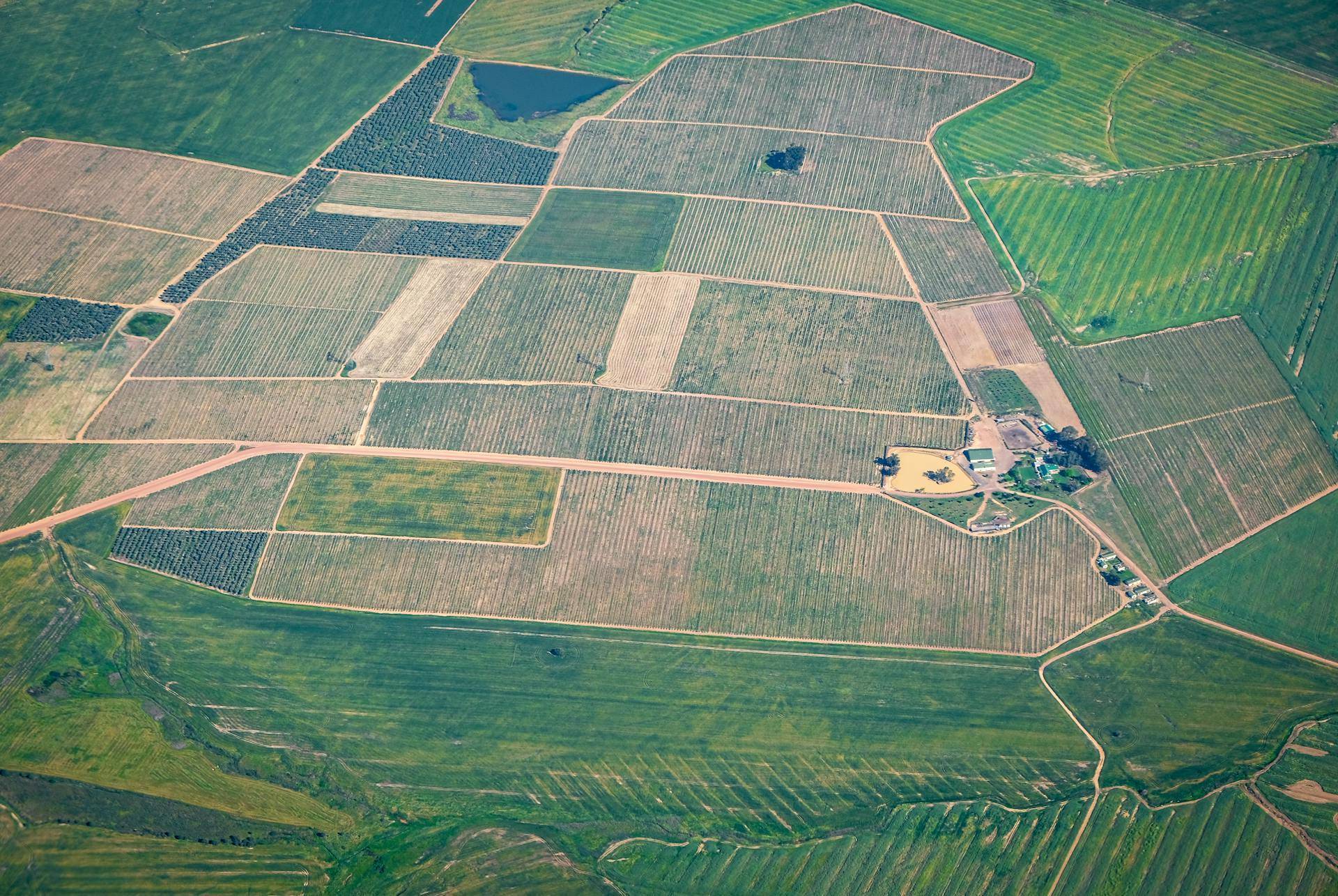
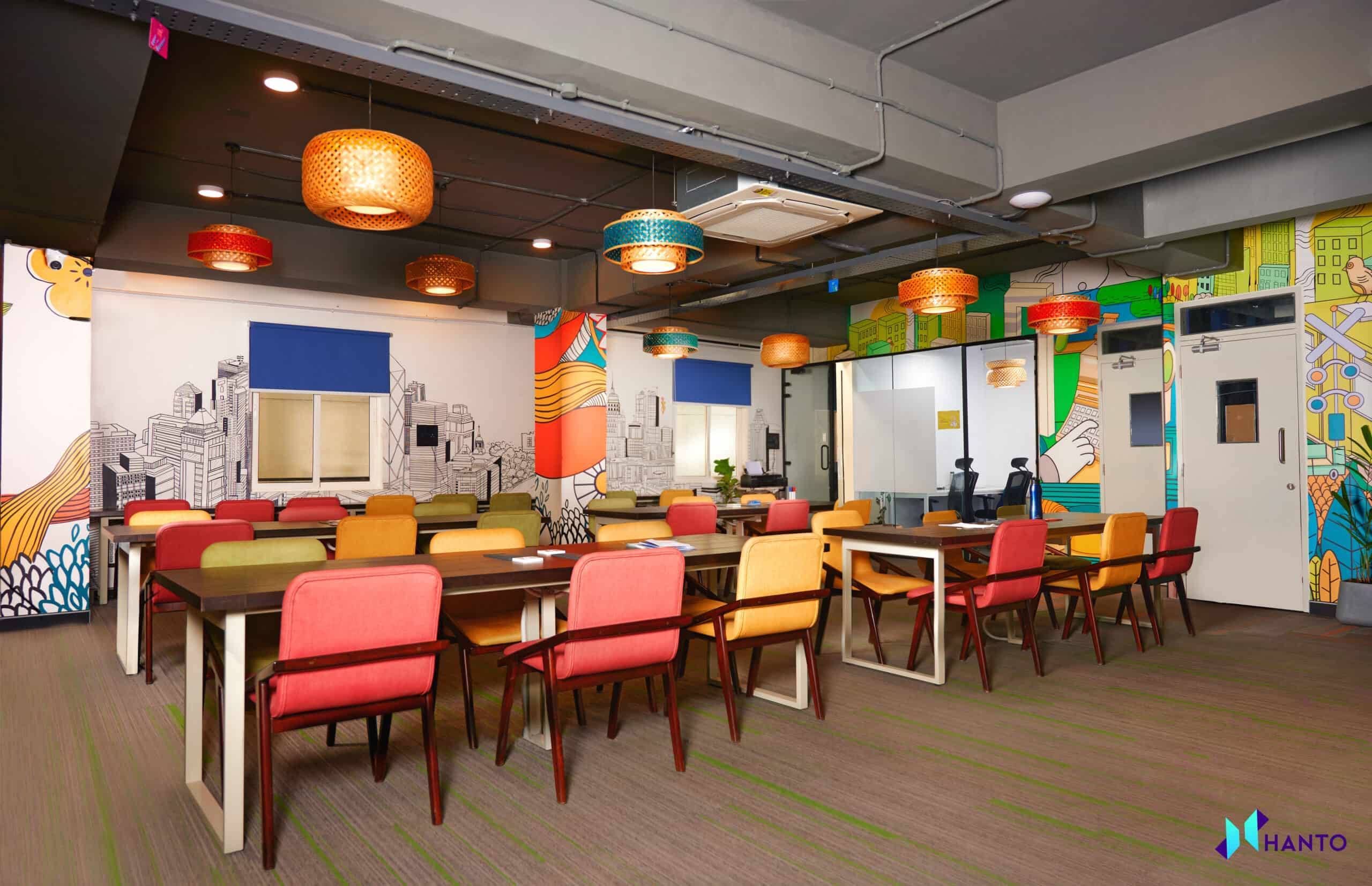
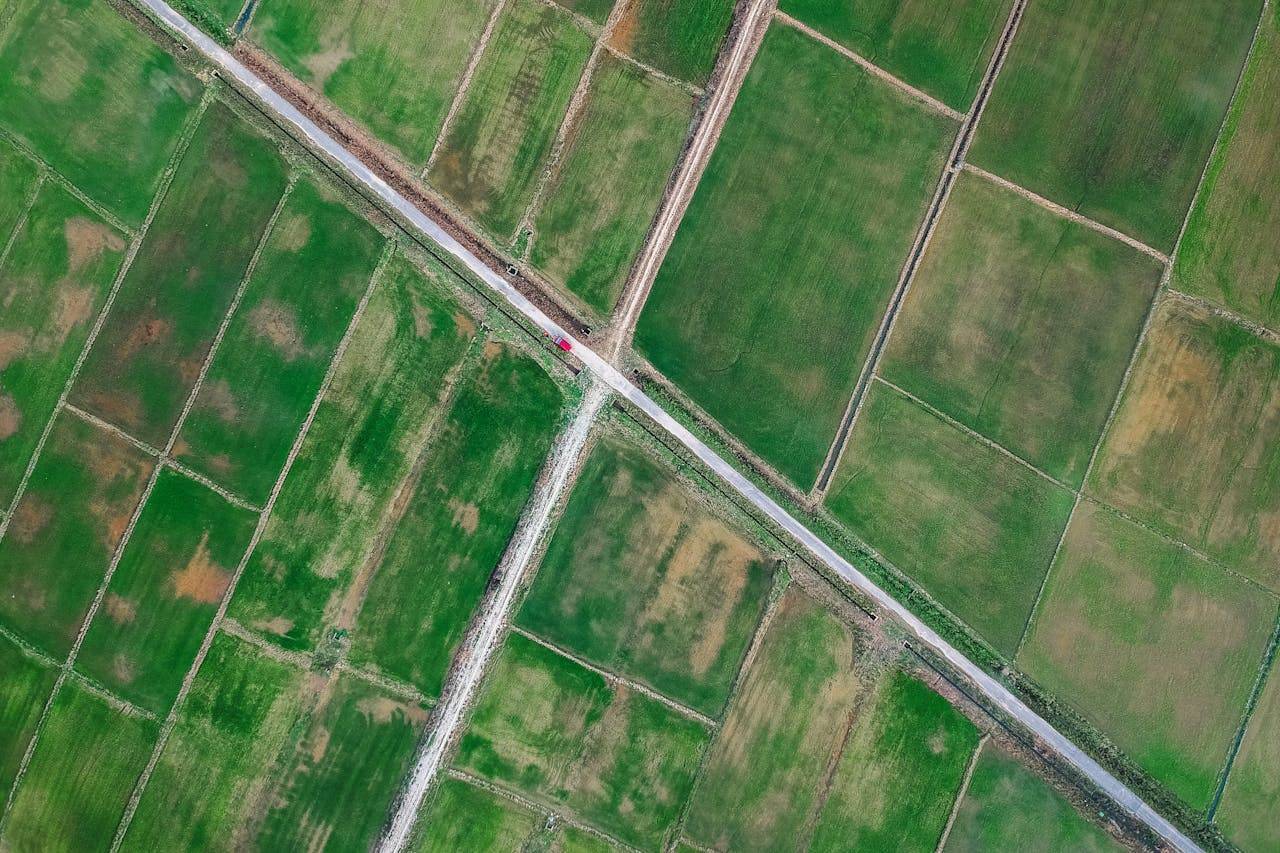
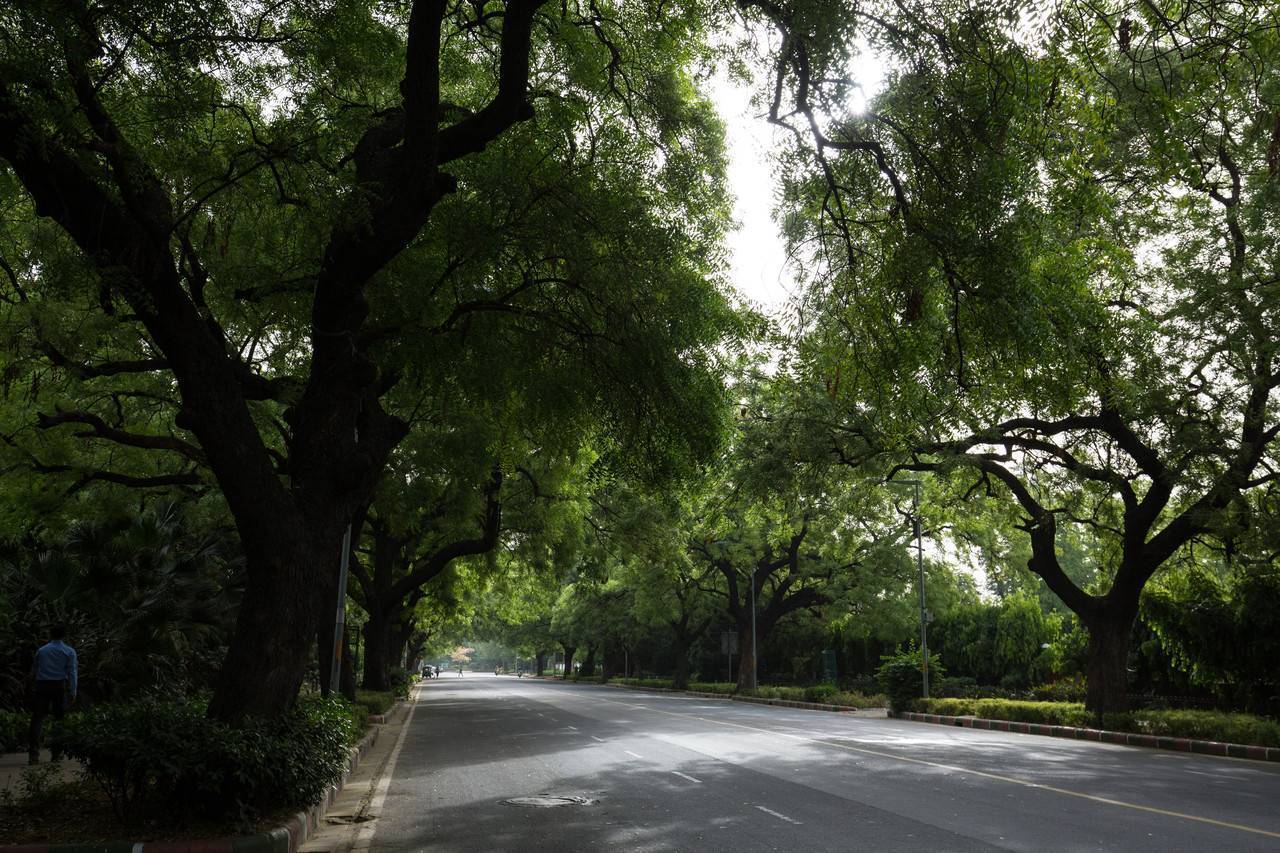
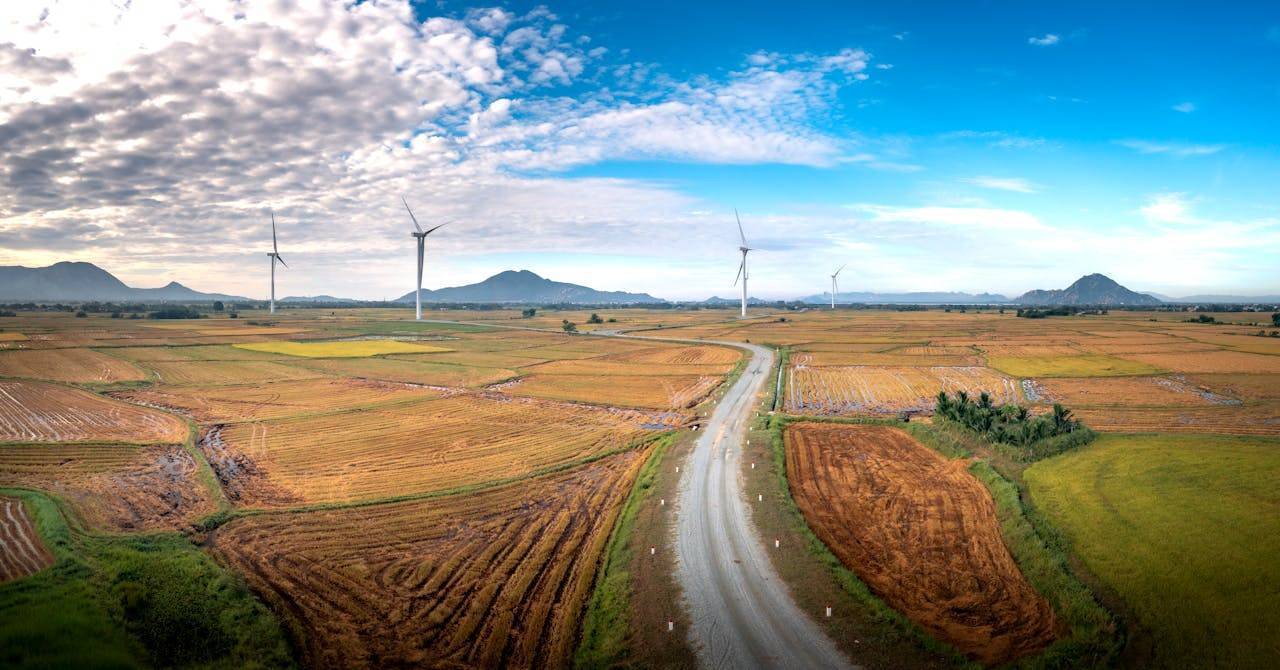


.png)